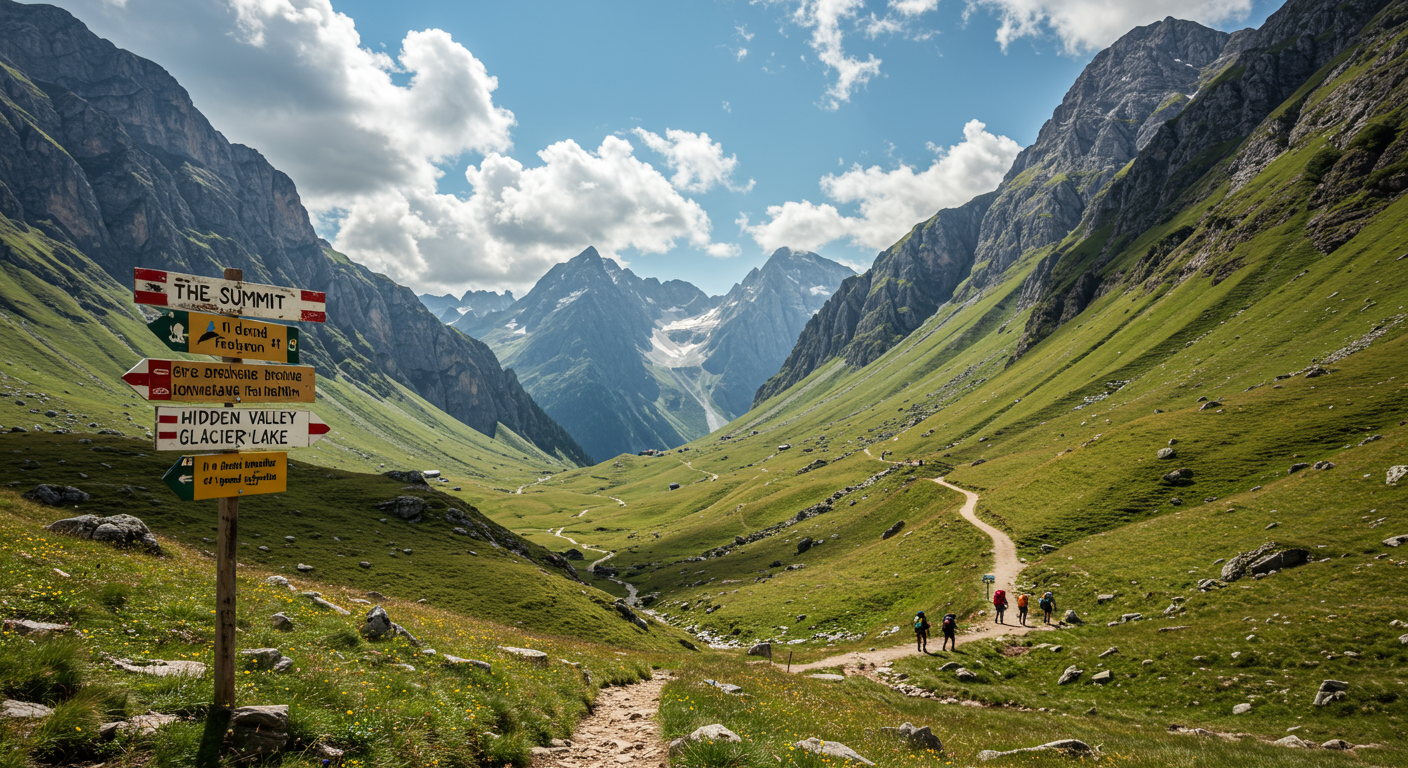Ever imagined standing on a remote mountain ridge, your backpack snug, boots dusty, and lungs full of crisp air? That moment doesn’t happen by luck—it takes smart preparation. Training for a trekking expedition is the foundation of any successful adventure. It’s not just about reaching the summit—it’s about enjoying the journey, staying injury-free, and making lasting memories. Whether you’re tackling Kilimanjaro, Everest Base Camp, or the Inca Trail, this guide will help you prepare like a pro.
There’s a big difference between walking your local trail and hiking ten miles with a loaded backpack at 14,000 feet. Trekking at high altitudes challenges your heart, lungs, and legs like nothing else. Training helps your body adapt to the stress of elevation, weather, and terrain so you can avoid fatigue, altitude sickness, or even injury. Plus, the more prepared you are, the more you’ll enjoy every step of the way.
What to Focus On Before Your Trek
Instead of training like a gym rat, think like a mountain goat. You need strength, stamina, balance, and mental resilience. Let’s break down exactly how to train for your next expedition.
1. Build Endurance Slowly and Consistently
Start by walking 3–5 miles several times a week. Gradually increase your distance, difficulty, and elevation gain over 8–12 weeks. Use hills or a stair machine if you don’t live near trails. Eventually, aim for 6–10 miles with a loaded pack (20–30 pounds).
2. Strengthen Legs, Core, and Stabilizers
Forget fancy machines—your body weight is all you need. Focus on lunges, step-ups, squats, deadlifts, and planks. These mimic the movements you’ll do on uneven terrain. Train at least twice a week, alternating between upper and lower body strength sessions.

3. Practice with Your Backpack and Gear
Your body needs to adjust to the weight and feel of your pack. Practice hikes with increasing loads. Learn how your boots handle long distances and test your gear. The trail is not the place for surprises like painful blisters or awkward straps.
4. Simulate Altitude When You Can
If you can’t train at altitude, do high-intensity intervals to simulate lower oxygen conditions. Some people use altitude training masks, but hiking hills and controlling your breathing is equally effective. The key is to build lung power and stay calm under stress.
5. Fuel Up and Hydrate Like You Mean It
No training plan works without proper fuel. Eat clean, whole foods with plenty of protein, fats, and slow-digesting carbs. During hikes, practice snacking on what you’ll take on the trail (nuts, dried fruit, jerky, energy bars). Hydrate constantly—dehydration at altitude hits hard and fast.

Physical strength is vital, but trekking also requires mental grit. You’ll face sore muscles, unpredictable weather, and moments of doubt. Train your mind by hiking solo, pushing through tough workouts, and meditating to stay calm. Set small goals and celebrate each milestone. Remember, resilience is built step by step.
Before you fly off for your epic trek, make sure your health is squared away. That includes travel insurance, vaccinations (check CDC recommendations), and a visit to your doctor if you’re trekking at altitude or abroad. Also, double-check your gear list. Break in your boots, test your layers, and make sure everything fits and works under pressure.
Sample Weekly Training Schedule (8 Weeks Out)
- Monday: Strength training + 30-min walk with pack
- Tuesday: 4–5 mile hike or stair intervals
- Wednesday: Yoga, stretching, or active recovery
- Thursday: Strength + 20-minute jog
- Friday: Rest or short walk
- Saturday: Long hike (increase distance weekly)
- Sunday: Core workout + light cardio
Don’t just dream about trekking—train for it. A well-planned fitness and gear strategy ensures you’ll arrive ready, confident, and strong. Training for a trekking expedition isn’t just about the miles—it’s about making each step count so you can fully enjoy the view when you get there.
Have a question or tip of your own? Drop it in the comments. And if you’ve already tackled a big trek, share your story—we’d love to feature your insights. For more trekking guides and adventure inspiration, follow us on WentWorld.com and our social media channels!
Catch up on the top stories and travel deals by subscribing to our newsletter!












Leave a Reply